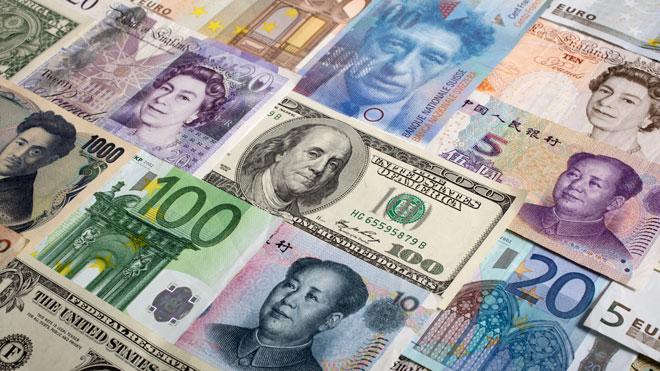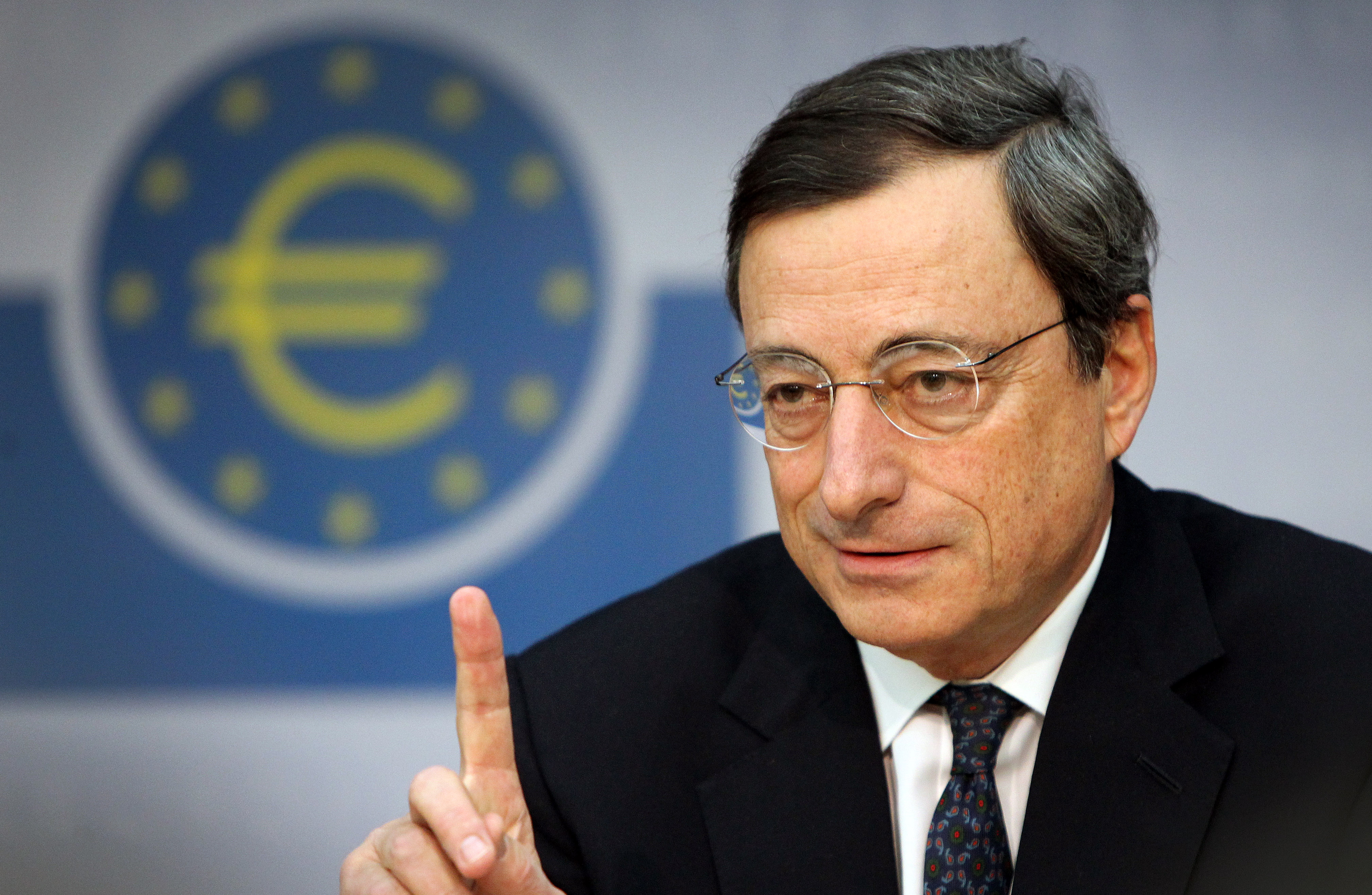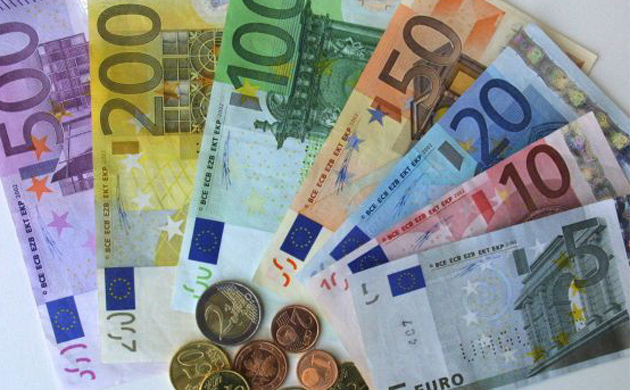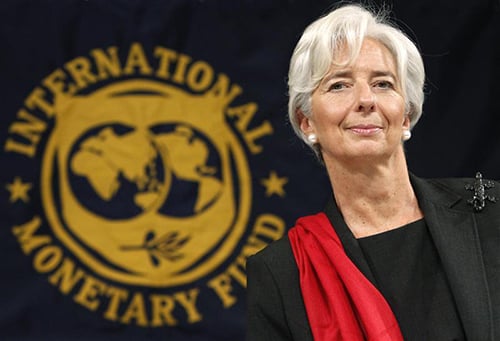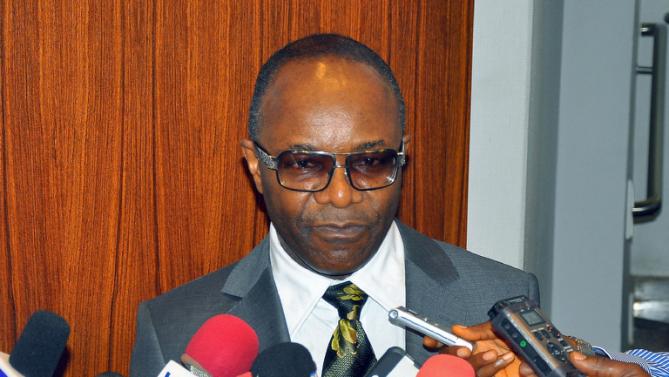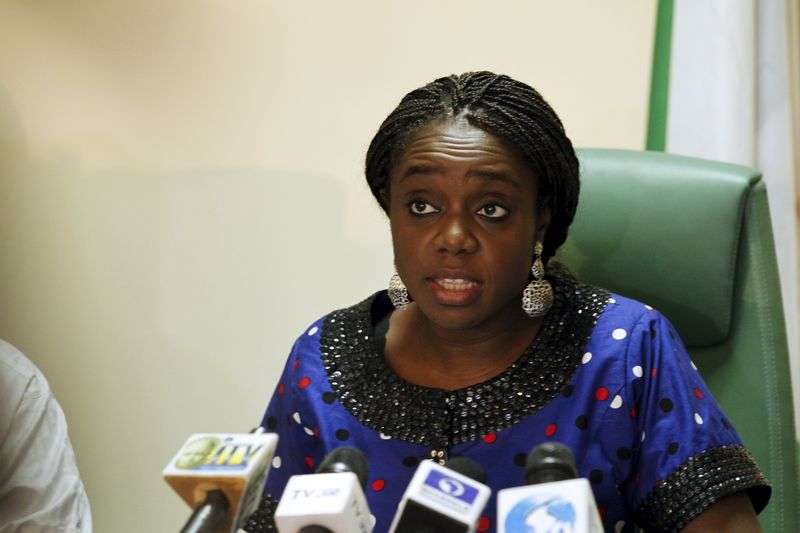The current outlook for the emerging market currencies is extremely weak and the chances are very limited for a meaningful, sustained comeback anytime soon. These currencies are finding themselves under repeated pressure from a variety of different directions with this including Dollar strength, extensive losses throughout the commodity markets, and continual concerns over the global economy with most headlines being dominated by slowing growth in China, a market which is well-known for importing from the emerging markets.
Relentless pressure in the commodity markets where so many of these economies rely on exports, additional concerns over global growth that is encouraging a risk averse attitude from investors and an acceptance that these economies are also entering their own period of weaker growth are all reasons why the emerging market currencies can’t expect to recover losses, and still face the risk of falling towards further milestone lows.
Others might highlight US interest rate policy from the Federal Reserve as another reason to be negative on emerging market currencies, but the Federal Reserve being confident enough in their own economy to raise interest rates, despite everything else that is going one lsewhere, is a welcome boost to the global economic sentiment. We pointed out that the emerging market currencies wouldn’t weaken following the first US interest rate hike in December, and they actually showed signs of strengthening in the days following the decision. I would say that the divergence that begins to appear when the Fed raises rates, and as we approach the potential third time, could be a risk but for now, but the major focus for the emerging markets should be on both the concerns over China entering a deep downturn and the resumed selling in the commodity markets with the risk being how this impacts the general sentiment towards the emerging markets.
Commodities hold the key to emerging markets
Advertisement
Speaking of commodities, we do believe that these markets hold the key towards where the emerging markets trade for a sustained period. With a high number of the emerging markets not yet being fully developed and diversified, a wide variety of these economies are highly reliant on commodity exports and that is exactly why we have witnessed widespread weakness across the emerging market currencies following the downfall of commodity prices. A consistent recovery in the commodities markets is required for the emerging market currencies to recover significant losses, but we are looking at the elevated concerns over global growth and it is doubtful that a recovery will occur anytime soon. When looking at the current price of oil, the close below $30 at the end of last week was a huge psychological move and risks further rounds of punishment for the emerging market currencies.
While some policymakers and senior figures have been stressing that it is external factors that have been behind the rout which the currencies across the emerging markets have stumbled upon over the past year and this is in many ways accurate, the stance has to now change towards what potential problems a weaker currency can cause to their domestic economy. For example, is a weaker currency going to lead to fears over an increase in the cost of living? Are corporations going to find it difficult to make payment and will need to dismiss employees? Is there going to be a period of exceptionally high inflation, or is the opposite going to happen and there will be no inflation because consumers can no longer spend? There are all questions that need answering and this is why it is essential that policymakers in the emerging markets stop focusing on the external factors being behind their currency declines, because this in its own right is going to transition towards more internal and domestic risks at some stage.
One thing that is for certain, that the emerging markets in general are going to enter a period of weaker growth. This will be mostly be led by a period of adjusting to weak commodity prices for those emerging markets who are reliant in some way or another on commodity exports, but also the fallout from China because the emerging markets are more vulnerable to anywhere else to a China slowdown. This is simply because there were the most reliant on trade demand from China and the emerging markets in general did enjoy a high period of growth at the same time economic momentum in China accelerated.
Advertisement
What are the options for central banks?
With a period of weaker growth looking all but confirmed as of now, what the central banks can look towards focusing on is whether such a weaker currency will be detrimental towards GDP potential. Some of the emerging markets and perhaps even highly developed economies are reliant on exports in one way or another, which is why a weaker currency can be beneficial. The problem with the weaker currency is that if you are one of those economies that is not fortunate enough to possess domestic resources then you will be forced to continue buying products from abroad or could quite simply no longer be able to afford the products.
What are the options that a central bank could take at this time? We still don’t think that intervening in the FX markets is a wise move because it only leads to a short-term improvement in the currency value and can deplete reserves fast. Additionally, what we encountered during the first trading week of January was a clear example of external risks returning and intensifying. In order to defend their currencies central banks will require FX reserves and if they were intervening in the markets before, they may have already risked burning their reserves. Now that the price of WTI has dropped below $30 and the markets are accepting towards the fact that depressed commodity prices are here to stay, sellers could be tempted to drive commodities to milestone lows that were unimaginable before and this is when reserves would be useful. Banning or at least reducing USD deposits is one measure that could be considered, but it would not be popular at all and could risk spooking possible investors.
However, I don’t think that the run of extraordinary monetary easing from central banks has come to an end and I do think that there can be changes of direction when it comes to central bank policy in the emerging markets. If we take for example Indonesia, this is an example of an emerging market that has high interest rates, but which also now has the scope to reduce the benchmark rate with the economy entering both a period of weaker growth and some signs of a low inflation risk. On the other hand looking at Malaysia, this is an example of an economy that already has low interest rates in comparison to other emerging markets and might need to increase the benchmark rate. This is quite simply because I do not think that Bank Negara has the scope to reduce rates with inflation pressures gradually building towards the area where interest rates are being kept. A further decrease in interest rates would further risking the woes for a currency that has exploded into weakness over the past year
Advertisement
Basically, if a central bank is truly worried about the acceleration of weakness seen in their currency over the past year then an option that they could take would be to consider an interest rate increase. This might sound a little strange to do this in a period where economies are expected to enter a period of weaker economic growth, but it can encourage inflows back towards an economy and protect a currency from further losses.

